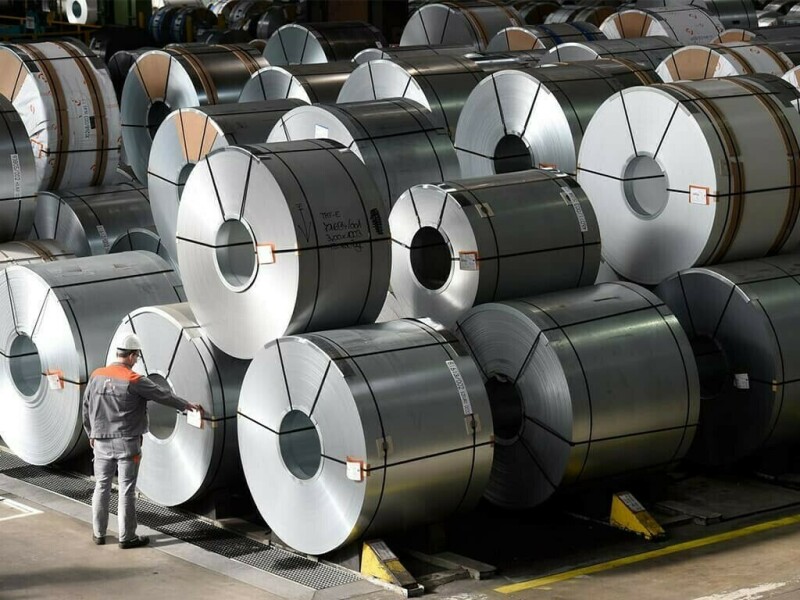LAUNCESTON: China’s steel output is expected to rise for the first year in three in 2023 as a soft domestic property sector is compensated by strong vehicle manufacturing and rising exports.
China, which makes about 55% of the world’s steel, produced 874.7 million metric tons in the first 10 months of the year, up 1.4% from the same period in 2022, according to official data.
Figures from the China Iron and Steel Association suggest November output was about 76.3 million metric tons, bringing the total for the first 11 months to around 951 million.
Assuming December’s production is at least 75 million metric tons, the annual total is likely to come in around 1.026 billion, which would be higher than the 1.01 billion in 2022.
China’s steel output has held above 1 billion metric tons since first crossing the mark in 2020, when a record 1.053 billion was produced. Since the all-time high Beijing has placed an informal target that annual steel output should not exceed what was produced in the previous year.
While 2023’s expected production is likely to be only modestly higher than that of 2022, it’s perhaps surprising given the travails of the property sector.
Property construction accounts for about 35% of China’s steel demand and the sector has been plagued this year by major developers experiencing liquidity crunches and falling sales, with sales by floor area declining 7.8% in the first 10 months of the year from the same period in 2022.
However, hopes of a revival in coming months have been sparked by Beijing’s moves to stimulate the sector by easing lending requirements, with sentiment further buoyed by a slight rise in new home prices in November, the third straight monthly gain.
China to complete transition of 80% of steel output capacity to ultra-low carbon by 2025
But it’s outside of property that steel has performed better in 2023, with China’s automobile production hitting a record high in November of 3.093 million units, up 7% from October and 29% from November last year.
Cars, exports
Industrial output rose 4.6% year-on-year in October, the strongest gain since April and an acceleration from the 4.5% pace in September, while infrastructure investment climbed 5.9% on the first 10 months of the year from the same period in 2022.
Machinery, infrastructure and vehicles account for just under 50% of China’s steel demand, and these sectors are all showing solid growth.
China is also exporting more steel products, with shipments in the first 11 months of the year totalling 82.66 million metric tons, up 35.6%, or 20.71 million tons, from the same period last year.
It’s also likely that Beijing has been willing to see steel mills boost overall production in 2023 from 2022 levels as it helps lift economic growth, which has been struggling to gain momentum since China ended its strict zero-COVID-19 policy at the end of last year.
Steel prices have also recovered in recent weeks, with rebar futures in Shanghai ending at 4,037 yuan ($562) a metric ton on Monday.
This is below the recent closing peak of 4,069 yuan a metric ton on Nov. 21, but also 11.4% higher than the recent five-month low of 3,632 yuan on Oct. 23.
Rebar inventories, as monitored by consultants SteelHome, dropped to 3.49 million metric tons in the week to Dec. 8 from 3.55 million previously.
Rebar stockpiles usually drop heading into the northern winter, but the current level is below the 3.65 million from the same week in 2022 and the 4.20 million in 2021.
This suggests that steel mills may have room to increase output early in the new year, especially if they expect the property sector to continue its so far tentative turnaround.
The opinions expressed here are those of the author, a columnist for Reuters.

Source: Brecorder



























